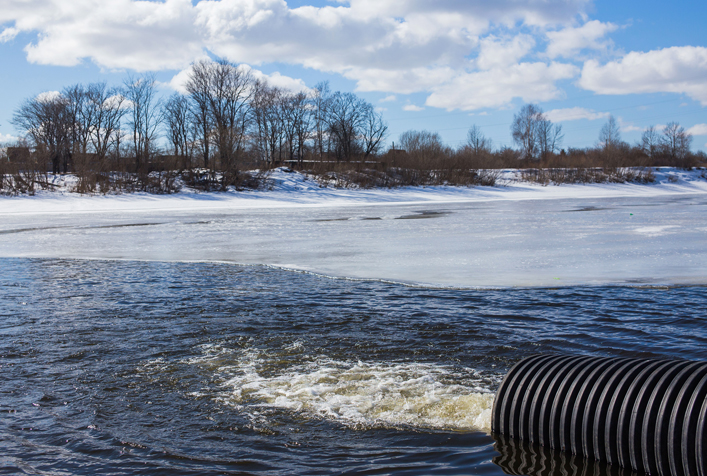Reducing Wastewater Discharge of PFAS and Other Emerging Contaminants

Project Brief
The Challenge
Per- and polyfluoroalkyl substances (PFAS) have been widely used for decades, yet their discharge into surface waters and municipal wastewater treatment plants has historically been poorly understood and largely unregulated under the Clean Water Act. These persistent and difficult-to-remove contaminants pose risks to both environmental and human health. As part of its PFAS Strategic Roadmap, the U.S. Environmental Protection Agency (EPA) is leading efforts to identify sources of PFAS discharges, evaluate cost-effective treatment options, and implement targeted permitting and funding strategies to support effective source control. Since 2017, ERG has been providing a variety of support to EPA to help the agency fulfil this commitment—work that also provides federal, state, and local regulators with actionable data and practical tools to strengthen source control for emerging contaminants and protect water quality.
ERG's Solution
ERG supports EPA’s efforts to identify and reduce PFAS and other emerging contaminants from industrial wastewater and other point source discharges through the Clean Water Act Effluent Guidelines Program. Since 2017, ERG has gathered and analyzed available information on PFAS use and release for over 50 industrial categories, conducted detailed studies or targeted wastewater sampling of 10 industrial categories, and evaluated the cost and performance of dozens of potential PFAS control technologies. We are supporting the development and implementation of national regulations to control PFAS discharges from PFAS manufacturers, chromium plating and anodizing facilities, and landfills.
ERG is also providing support for a nationwide EPA study of PFAS in domestic wastewater, industrial wastewater, and biosolids that will determine where further study or action may be warranted to address PFAS releases and inform risk assessments and management practices for PFAS-containing biosolids. This work included development of an electronic questionnaire, sampling program, and voluntary data submission portal to collect PFAS sample data from over 400 municipal wastewater treatment plants and 2,000 industrial facilities across the United States.
ERG also supports EPA’s administration of the Clean Water State Revolving Fund emerging contaminants capitalization grant enacted under the Bipartisan Infrastructure Investment and Jobs Act. Our work includes outreach to help states identify and fund eligible municipal or nonpoint source projects to address emerging contaminants, including PFAS microplastics, pharmaceuticals, and personal care products. We have also been compiling and synthesizing information on demonstrated technologies to remove a variety of emerging contaminants, equipping utilities and regulators with clear, evidence-based guidance on effective solutions.
Client
U.S. Environmental Protection Agency